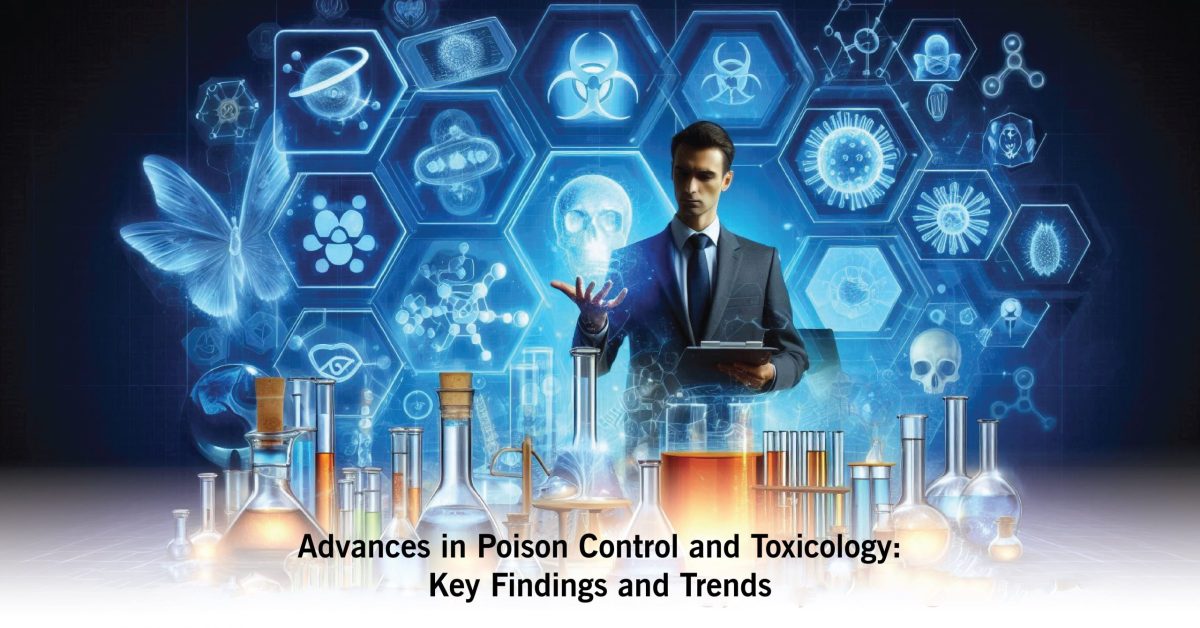It can be seen that the area of poison control and toxicology has seen tremendous progress in the recent past due to improvements in display, collection of data, and awareness of toxic agents. The developments in the topic have not only upgraded our contribution and treatment of poisonings but also obstructed preventative measures required to reduce risks as well. In this article, the author describes the recent studies and developments in poison control and toxicology concerning their research roadmap that will influence the evolution of poison control in the future.
Advances in Machine Learning and Poison Control
The application of machine learning in poison control has brought drastic changes in the field, mainly in the detection and handling of cases involving poisoning. Researchers working in the latest years have concentrated on the case of data poisoning attacks in terms of the machine learning system vulnerability at which certain data can interfere with the learning process. An outstanding piece of work expanded poisoning attacks to multiclass problems and put forth a new algorithm that utilizes back-gradient optimization. This makes the attack considerably easier and is effective across a wide range of learning algorithms, as well as deep learning structures that have been used in such applications as spam filtering, malware detection, and digit recognition, among others.
Facial biometric systems are another technique used in PS to which machine learning has also been applied; however, this field has also been criticized for various weaknesses. Cutting-edge studies have presented how adversarial attacks can be performed by toggling the physical appearance by making changes to the exterior appearance, such as glasses and more. This is an appropriate reminder as to why secure approaches should be implemented when applying machine learning, for instance, in surveillance and security.
Deep learning, especially through the employment of deep residual networks, is notable for progressive developments in image recognition tasks that are useful in toxicology research. These networks, which are deeper than the conventional models, are easier to settle and provide more accurate results. It has implications for the enhancement of the diagnosis and classification of extensive multiplex toxicological results for better therapeutic plans.
